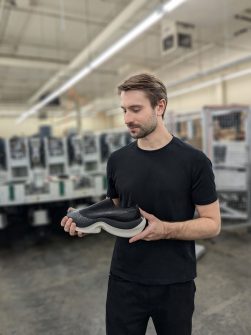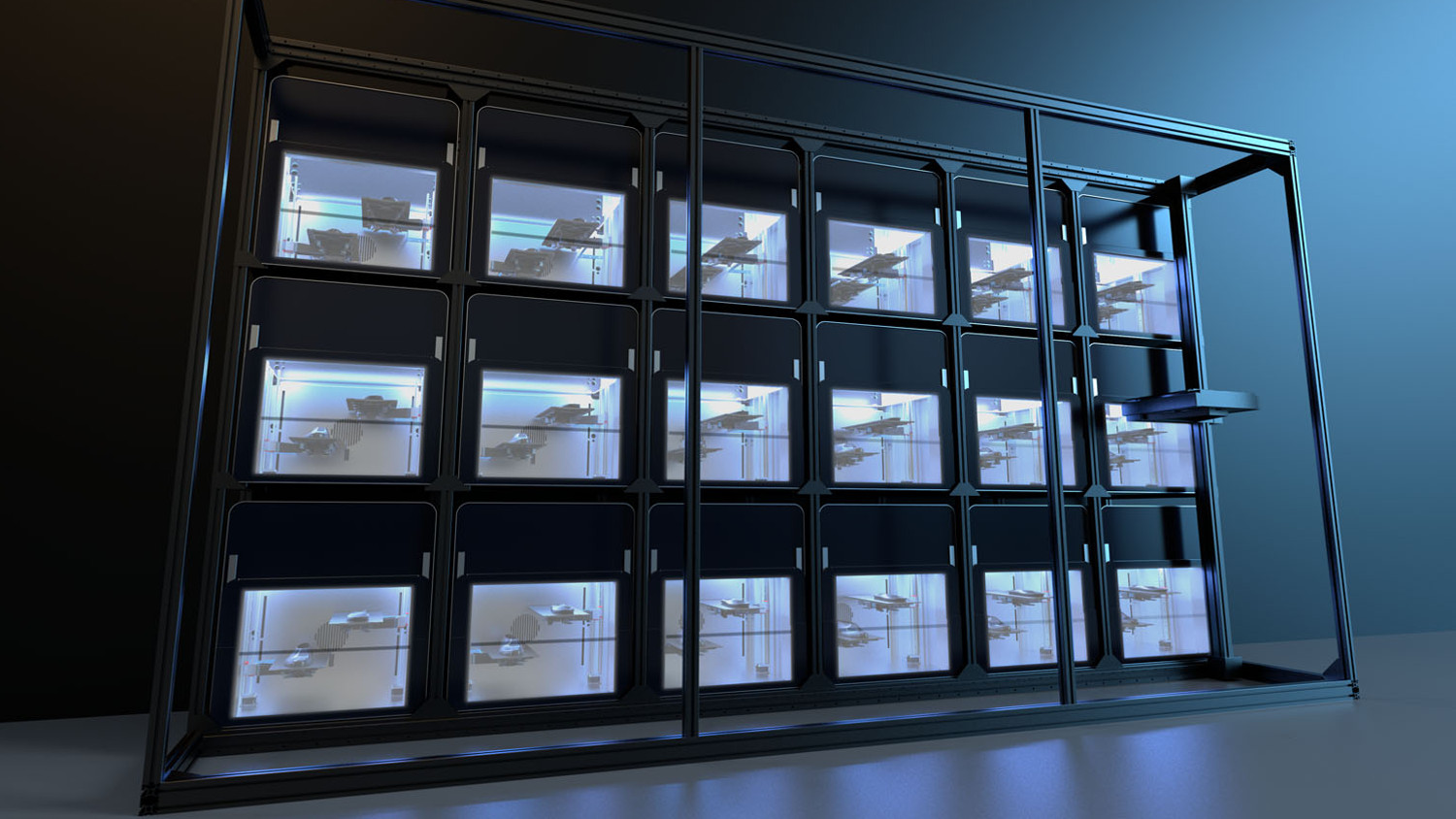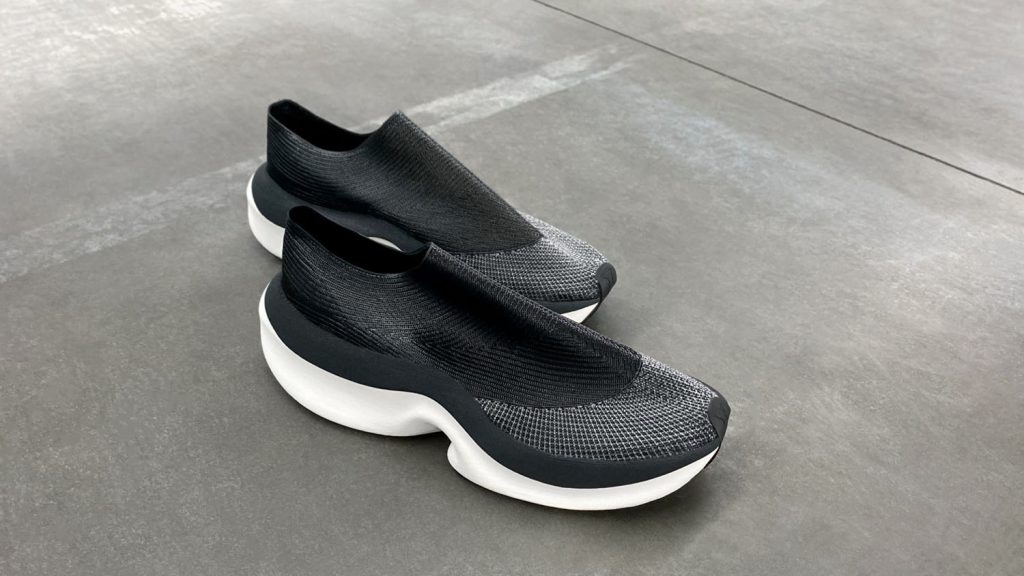The footwear industry is rushing to adopt additive manufacturing, with a host of new 3D-printed shoes being launched. Elastium, by contrast, believes in a hybrid approach and is looking to use 3D printing to drive a lasting change in footwear manufacturing
Since Adidas first revealed its 4D range back in 2017, the 3D-printed shoe has taken giant strides forwards and now enjoys an established foothold in the world of sports apparel.
Cut to the present day, and barely a fashion week passes without another 3D printed running shoe, clog or slip-on being launched. The reasons for that – beyond aesthetics – are clear.

Footwear brands have long grappled with complex supply chains and traditional manufacturing challenges. Logistical overheads, heavy upfront investments, stockpile accumulation and growing geopolitical risks have intensified the demand for more localised and more sustainable production.
Moves to disrupt this market with new technologies such as 3D printing have typically put themselves in opposition to traditional manufacturing alternatives.
However, examples of additive manufacturing for footwear, although fast and easy to localise, tend to sacrifice scalability and impose limitations on the types of products that can be produced.
“For me as an engineer and designer, the idea of 3D-printed shoes grown like potatoes in 3D printer farms is fascinating,” says Robert Karklinsh. “But the market doesn’t move on what engineers or designers think. It moves on what consumers demand. And consumers demand far beyond fully 3D-printed ‘potato shoes’, which are seen as just another trend, rather than a revolution.”
Karklinsh knows more than most about this subject. His company Elastium is best known for developing a fully 3D-printed shoe that was launched in Spring 2023. The experience of launching a challenger footwear brand with a focus on a new manufacturing technology appears to have been a sobering one.
Elastium’s Shoe 1 design was a fully 3D-printed TPU design, with a ‘generative design’ organic aesthetic, but niche appeal.
The company’s latest product, Orca, features a more traditional-looking upper-on-sole design, and has involved enlisting the skills of LaLaLand, a footwear and accessories manufacturer in California. Having worked with brands like LVMH Group, Diadora and Amiri, its 60,000 square foot manufacturing facility in Los Angeles will combine existing technologies with new additive processes.
The goal, Karklinsh says, is to empower traditional manufacturing instead of declaring war on it.

Hybrid production
To begin, Elastium is introducing a hybrid production model, with no minimum or maximum order quantity, with “massive shortcuts” enabled by 3D printing technology.
With this, brands will be able to launch new designs with as few as one pair through advanced manufacturing, with the scope to ramp up to mass production without compromising on quality or cost.
Elastium says that this flexibility is enabled by bridging the gap between 3D-printed and moulded shoes using its proprietary TPU material.
The company says that its pellet-based 3D printing technology creates a foam that needs no alterations to designs – whether 3D-printed or moulded – and allows for similar production costs. It’s a move that the company claims will allow for the transition between 3D printing and traditional moulding techniques.

The midsole of the Orca is crafted from TPU foam and features internal lattices that contribute to its 75% energy return and cushioning performance. The outsole is 3D-printed from slip-resistant TPU.
The manufacturing of this shoe still involves some traditional techniques, such as stitching to attach the laceless upper, which is made from a breathable mesh composite of an elastane inner and 3D-printed outer TPU shell for all-around tight fit.
The process, according to Karklinsh, enables designs to move from concept to market in weeks rather than months and reduces initial investment costs by up to 80%, which can only serve to grab the attention of footwear designers. However, Karklinsh suggests that design iteration is only the starting point.
“The actual revolution towards localised production can be only achieved by putting the consumer in the centre of it and integrating all kinds of technologies and craftsmanship into breakthrough products that fascinate consumers rather than designers,” he says.
Fast, scalable and sustainable onshoring are all promised, along with enabling designs that are more familiar to consumers. It certainly sounds like a step in the right direction.
This article first appeared in DEVELOP3D Magazine
DEVELOP3D is a publication dedicated to product design + development, from concept to manufacture and the technologies behind it all.
To receive the physical publication or digital issue free, as well as exclusive news and offers, subscribe to DEVELOP3D Magazine here






